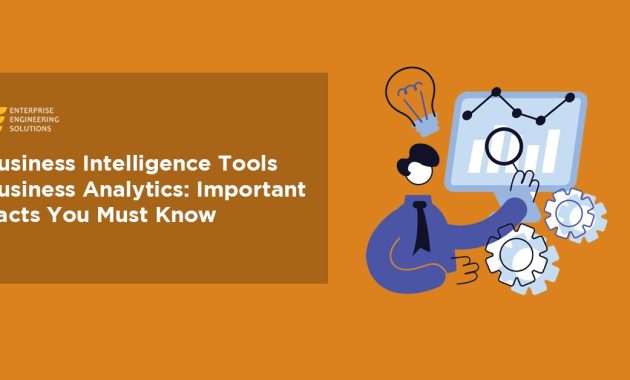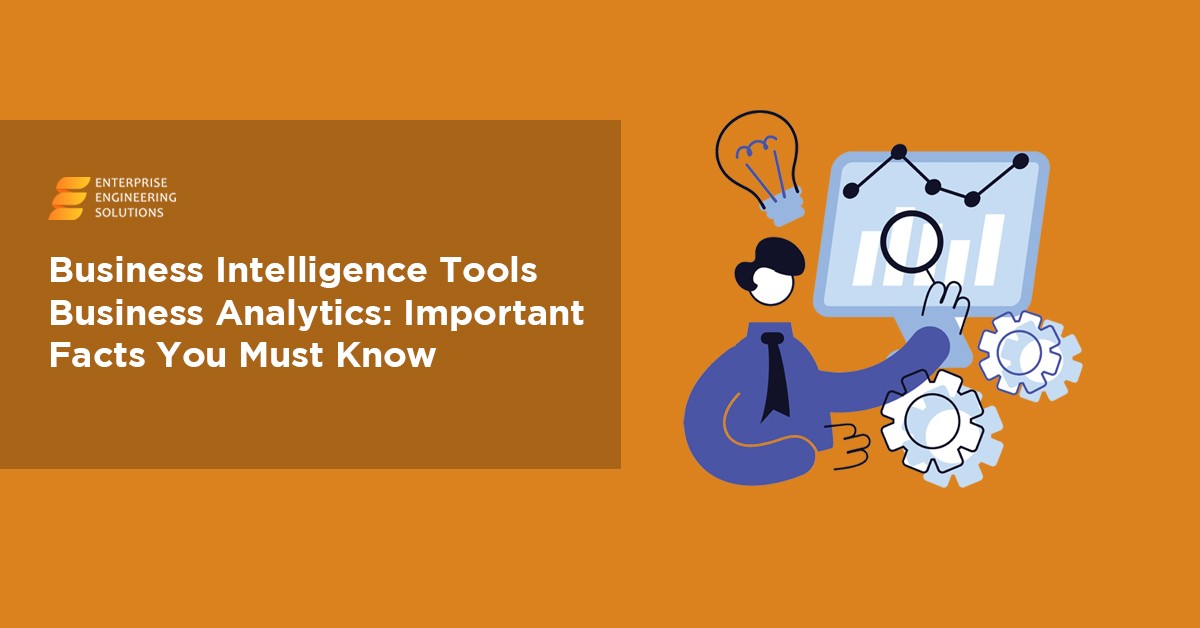
Business Intelligence Tools That Suggest Corrections: Enhancing Data Accuracy and Decision-Making
In today’s data-driven world, businesses rely heavily on accurate information to make informed decisions. The volume of data generated is immense, and the potential for errors is significant. This is where Business Intelligence (BI) tools step in, offering more than just data visualization and reporting. Modern BI tools increasingly incorporate features that suggest corrections, helping users identify and rectify data inconsistencies. This article will explore the functionality of these tools, their benefits, and how they are transforming the landscape of data analysis.
The Imperative of Data Accuracy
Data accuracy is the cornerstone of effective business intelligence. Flawed data can lead to incorrect analysis, flawed conclusions, and ultimately, poor business decisions. Errors can creep into datasets from various sources, including manual data entry, system integration issues, and even human error in data interpretation. The consequences of relying on inaccurate data can range from minor inconveniences to major financial losses and reputational damage. Therefore, the ability to identify and correct data errors is crucial for businesses seeking to leverage the power of their data.
How BI Tools Suggest Corrections
BI tools that suggest corrections employ a variety of techniques to identify and address data inaccuracies. These tools often utilize advanced algorithms and machine learning models to analyze data and flag potential errors. Here’s a closer look at some of the common methods:
- Data Profiling: This process involves examining data to understand its structure, content, and quality. BI tools can identify missing values, outliers, and inconsistencies that may indicate errors.
- Data Validation Rules: These rules define the expected format and values for data fields. The tools can automatically check data against these rules and flag any violations.
- Anomaly Detection: Machine learning algorithms can detect unusual patterns or outliers within the data. These anomalies may signify errors that require investigation and correction.
- Data Cleansing and Transformation: Some advanced BI tools offer features that automatically cleanse and transform data. This includes correcting typos, standardizing formats, and filling in missing values.
- Suggesting Corrections: The most sophisticated BI tools go beyond simply identifying errors; they also suggest potential corrections based on the context of the data and historical trends.
Key Features of Correction-Suggesting BI Tools
The best BI tools that suggest corrections offer a comprehensive set of features to streamline the data correction process. Here are some of the key functionalities to look for:
- Automated Error Detection: The ability to automatically identify data errors without manual intervention is a critical time-saver.
- Intelligent Suggestions: The tool should provide intelligent suggestions for correcting errors, based on context and data analysis.
- User-Friendly Interface: The interface should be intuitive and easy to use, allowing users to quickly identify and correct errors.
- Integration with Data Sources: The tool should seamlessly integrate with various data sources, including databases, spreadsheets, and cloud platforms.
- Audit Trails: The ability to track changes made to data and maintain an audit trail is essential for data governance and compliance.
- Customizable Rules: The flexibility to define custom data validation rules is important for businesses with unique data requirements.
Benefits of Using Correction-Suggesting BI Tools
The adoption of BI tools that suggest corrections offers a multitude of benefits for businesses of all sizes. These tools can significantly improve data quality, enhance decision-making, and streamline data management processes. Some key advantages include:
- Improved Data Quality: By identifying and correcting errors, these tools ensure that data is accurate and reliable.
- Enhanced Decision-Making: Accurate data leads to better insights, which in turn, enables more informed and effective business decisions.
- Reduced Costs: By automating data correction processes, these tools reduce the time and resources required for manual data cleansing.
- Increased Efficiency: Automation also streamlines data management workflows, improving overall efficiency.
- Better Compliance: These tools can help businesses comply with data governance regulations by ensuring data accuracy and integrity.
- Faster Insights: With clean and reliable data, businesses can generate insights more quickly, allowing them to respond to market changes and opportunities more effectively.
Examples of BI Tools with Correction Capabilities
Several BI tools on the market offer robust data correction capabilities. The specific features and functionalities vary, but the following are some prominent examples:
- Tableau: While primarily known for its data visualization capabilities, Tableau also includes features for data profiling, data cleansing, and data preparation, which indirectly contribute to data correction.
- Microsoft Power BI: Power BI’s Power Query feature allows users to transform and clean data from various sources, including correcting errors.
- Qlik Sense: Qlik Sense offers data preparation tools that help users cleanse, transform, and enrich data, aiding in the correction of data errors.
- Alteryx: Alteryx is a powerful data analytics platform that includes advanced data preparation and cleansing capabilities.
- Sisense: Sisense provides data connectors and data transformation capabilities, allowing users to identify and correct data errors.
These tools offer a range of features to help businesses improve data quality and make better decisions. The best choice for a particular business will depend on its specific needs and requirements. [See also: Choosing the Right BI Tool for Your Business]
Implementing Correction-Suggesting BI Tools: Best Practices
Implementing correction-suggesting BI tools effectively requires careful planning and execution. Here are some best practices to follow:
- Assess Your Data Needs: Identify the data sources you will be using and the specific data quality issues you need to address.
- Choose the Right Tool: Select a BI tool that offers the features and capabilities you need to correct data errors.
- Develop Data Validation Rules: Define data validation rules to identify and prevent data errors.
- Automate Data Cleansing: Automate data cleansing processes to reduce manual effort and improve efficiency.
- Train Your Users: Train your users on how to use the BI tool and interpret the data.
- Monitor Data Quality: Continuously monitor data quality to identify and address any issues that may arise.
- Regularly Update and Review: Update the tool and review the data quality rules to ensure they remain effective.
The Future of BI Tools and Data Correction
The future of BI tools is likely to see even greater advancements in data correction capabilities. As AI and machine learning technologies continue to evolve, BI tools will become more sophisticated at identifying and correcting data errors. We can expect to see:
- More Advanced AI-Powered Features: Tools will leverage AI to automate data cleansing and suggest corrections with greater accuracy.
- Increased Integration: BI tools will integrate more seamlessly with other data management and governance tools.
- Enhanced Data Governance: BI tools will play a more prominent role in data governance, helping businesses comply with regulations and maintain data integrity.
- Greater User Accessibility: The user interfaces of these tools will become even more intuitive and accessible, making them easier for all users to utilize.
These advancements will empower businesses to make better decisions, improve efficiency, and gain a competitive advantage. The evolution of business intelligence tools that suggest corrections will continue to shape the way businesses handle and analyze data. This will be crucial for any organization that wants to thrive in a data-driven environment. The ability to pinpoint and fix errors is now a critical feature. The overall business intelligence landscape is being redefined by these tools. The focus on business intelligence tools that suggest corrections will only grow. The value of business intelligence is directly tied to data accuracy. This makes business intelligence tools with correction capabilities extremely valuable. The future of business intelligence lies in accurate, reliable data. Using the right business intelligence tools that suggest corrections is vital. The selection of these tools is a strategic decision. These tools help make the entire business intelligence process smoother. The benefits of these business intelligence tools are clear. The need for business intelligence is undeniable. These tools are essential for modern data analysis. The proper use of business intelligence tools will transform your business.
Conclusion
Business intelligence tools that suggest corrections are no longer a luxury; they are a necessity for businesses that want to thrive in a data-driven world. By automating data correction processes, these tools improve data quality, enhance decision-making, and streamline data management. As AI and machine learning technologies continue to advance, we can expect to see even more sophisticated and powerful BI tools emerge, further transforming the landscape of data analysis. Implementing these tools effectively and following best practices are key to unlocking their full potential and gaining a competitive advantage. Businesses that embrace these technologies will be well-positioned to make better decisions, improve efficiency, and achieve their goals.

